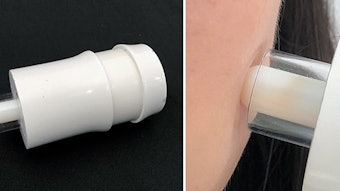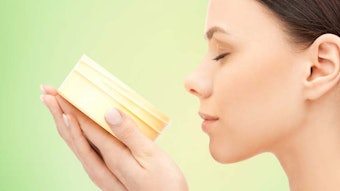Editor’s note: This article is the first in a series considering the effects of certain test variables on SPF results. Here, the authors assess how changes in substrate surface temperature affect SPF results. The next article, to appear in September 2013, evaluates SPF results based on different substrates.
During outdoor recreation, protection against photo damage can be afforded by sunscreen products, which act by absorbing or scattering ultraviolet (UV) radiation. Historically, evaluating the level of protection afforded by sunscreen products against UVB, i.e., the 290–320 nm solar spectrum range, is based on an in vivo method1, 2 and universally expressed by SPF. This method involves comparing the UV radiation dose required for the appearance of a biological endpoint, erythema, with and without protection. And although UVB radiation is mainly responsible for sunburn, recent studies have shown that UVA radiation (320-400 nm) can cause a number of detrimental effects in human skin. Until now, the in vivo method used for evaluating protection against UVA has been based on Persistent Pigment Darkening (PPD). However, in both cases, for ethical, economical and practical reasons, companies and health authorities want to substitute these in vivo methods with in vitro methods.
The determination of in vitro SPF by means of a spectrophotometer was initially described by Diffey and Robson,3 then modified and improved to evaluate the skin protection against UVB brought by a product. This method is based on the assessment of UV transmittance through a thin film of sunscreen sample spread onto a roughened substrate. Concerning in vitro UVA Protection Factor (UVA-PF) and critical wavelength (CW) evaluation, much work has been conducted4 in recent years to establish a reliable method. Similar to Diffey and Robson, the Cosmetics Europe, formerly COLIPA, and International Organization for Standardization (ISO) in vitro methods5, 6 are based on an assessment of the UV transmittance of a thin film of sunscreen sample spread on a roughened substrate after exposure to a controlled dose of UV radiation from a defined UV source.










